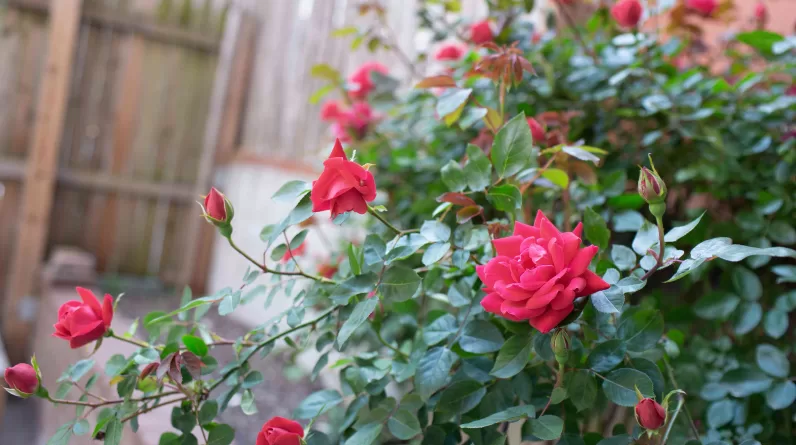In spring, it’s not only time to clean the house, but also to repot your houseplants. Although your repotting session can be done in summer or fall, the ideal time for repotting is spring. After a long, cold winter, when growth resumes, your plants need a little boost to reinvigorate themselves. Repotting can be done every year for a young, growing plant or every 2 or 3 years for larger or more mature plants.
Please note: Avoid repotting during the rest period, from October to January, or when a plant is in flower at the risk of damaging it.
Why report: signs to watch out for!
Signs that the pot is too small:
- Many roots are coming out of the drainage holes or on the surface
- There are so many roots that the pot has cracked
- The plant constantly falls on its side
Signs that the potting soil is no longer retaining water:
- The plant wilts 2-3 days after watering
- Water drains from the pot quickly when watering
Sign of mineral salt accumulation due to watering
- A whitish crust has formed on the rim of the pot
How to do it – step-by-step
Before starting, we suggest that you provide a large work surface covered with plastic, cardboard, or simply an old blanket. It will be easier to clean everything (neither seen nor known!) after your repotting session.
Choosing the right pot
The ideal pot for repotting should have a drainage hole to let excess water drain away. The simplest solution is to reuse plastic production pots and slip them into a decorative planter. As for the diameter of the pot, two rules apply:
- Initial pot – less than 30 cm (12 inches): choose a pot 2 to 4 cm (0.5 to 2 inches) larger
- Initial pot – greater than 30 cm (12 inches): opt for a pot 5 to 10 cm (2 to 4 inches) larger
If you don’t want your plant to grow any larger, repot it in a pot of the same size or clean the current pot before using it again.
Tips for removing a pot without damaging the roots:
- Water a few hours before repotting. This will make it easier to remove the plant from the pot if the roots are slightly damp.
- Prune the roots that stick out from the drainage holes to make removing the root ball easier.
- Squeeze or gently tap the pot to release the soil from the sides, invert the plant by holding it at the base, and remove the pot.
Loosen or prune the roots as needed for better recovery
Take the opportunity to check the condition of the root system. In general, the roots should look good and be pale in color. Simply remove dead or damaged roots as well as those that give off a bad smell (rot) or those that form a compact mass at the bottom of the pot (2-4 cm).
Fill the jar
This is where the repotting begins!
Before repotting, place some potting soil in a pot and add water so that it is moist, but not soggy. Pour new potting soil into the bottom of the container until the crown of the plant is 1.25 cm (½ in) from the edge of the pot. Center the plant in the pot and add enough potting soil around the root ball. Compact it lightly and water generously.
Tips and tricks for repotting
- Make sure you don’t overfill the pot. Leave space (1.25 cm – ½ in) between the rim of the pot and the potting soil. This will help you avoid causing damage when watering.
- You should know that adding stones to the bottom of the pot is nothing other than a myth. According to some experts, a drainage layer at the bottom of the pot would prevent excess water from escaping, thereby increasing the risk of root rot.
- To prevent the soil from coming out of the drainage holes after watering, it is advisable to add a small piece of geotextile fabric, but as we do not always have it on hand, a piece of newspaper, a paper towel, or a coffee filter could do the trick very well to let the water drain while keeping the soil inside the pot. Ingenious, right?!
- So that a plant can fully recover from transplant shock, place it out of direct sunlight for a few days. You can then return it to its usual location.
- We recommend starting to fertilize your plant approximately 3 weeks after repotting.
Surfacing: an alternative solution for your large pots
It’s well-known that gigantic plants are all the rage! What should you do if your plant is too big or too heavy and you can’t repot it? Try an alternative solution called: surfacing.
The topping method consists of removing the first 10 cm (4 in) and replacing it with new soil to avoid completely repotting the plant. This technique is particularly recommended for ficus, rubber trees, dracaenas, monsters, or any other large tropical plants.









